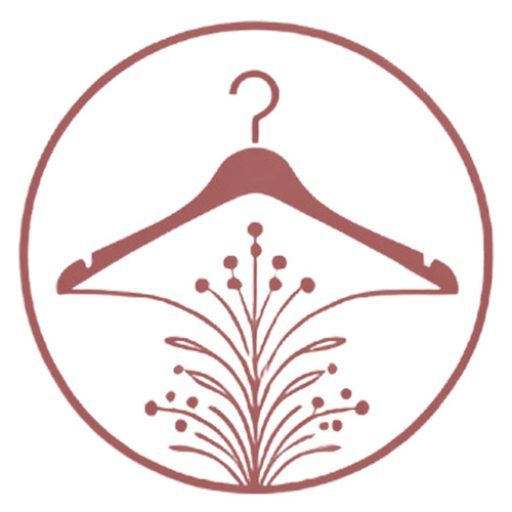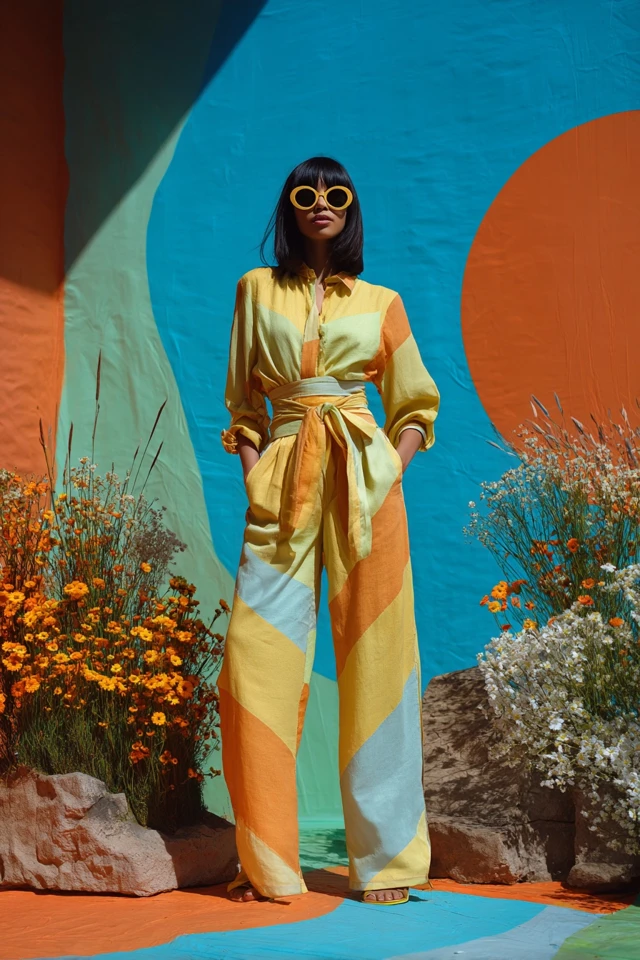Introduction
On a quiet spring morning, I found myself walking through a sun-dappled meadow, sunlight filtering through tender green leaves and casting soft shadows on a worn linen dress. The gentle sway of wildflowers all around seemed to echo an effortless blend of simplicity and timeless beauty—an essence I now recognize as the heart of cottagecore minimalist styling. That moment marked a turning point in how I viewed fashion: not mere garments but an emotional dialogue between fabric, color, and the person who wears them.
What draws so many of us to cottagecore minimalism is its delicate balance—a style rooted in nostalgia and nature but distilled through clean lines and intentional choices. As someone steeped both in fashion design and color psychology, I understand that these style decisions shape not only how others perceive us but also how we feel within our own skin. The combination of minimalist discipline and cottagecore’s romantic softness allows us to express individual creativity while anchoring our image in authenticity.
About the Author and My Trend Boutique
In this post, I will guide you through the essential concepts and practical strategies that bring cottagecore minimalist styling to life. We’ll explore how color influences mood, the perfect silhouettes for your body, and how to curate a wardrobe that feels both current and timeless. Whether you’re just discovering this aesthetic or looking to refine your approach, these insights will empower you to dress with confidence, purpose, and beauty.
Foundational Concepts
Before diving into specific styling tips, it’s important to grasp the foundational principles that make cottagecore minimalism uniquely compelling. I like to think of this style not just as a look but as a thoughtfully crafted identity, supported by knowledge from fashion theory and color psychology.
Color Psychology
Color psychology studies how hues affect our emotions and behaviors. For example, soft pastels commonly found in cottagecore—like muted sage, dusty rose, and creamy ivory—evoke calmness and nostalgia. These shades aren’t chosen randomly; research links them to feelings of comfort and approachability, which enhances interpersonal connections and personal confidence. As you select your palette, consider how each color resonates with your mood and the message you wish to communicate.
Trend Forecasting
Trend forecasting involves analyzing cultural shifts, fabric innovations, and street style to predict which colors, shapes, and textures will grow in popularity. The beauty of cottagecore minimalism is its blending of ongoing trends with timeless classics, so you can invest in pieces that remain stylish across seasons. Staying informed about trends can keep your wardrobe fresh without overwhelming it with fleeting fads.
Dressing to Impress
“Dressing to impress” goes beyond impressing others; it’s about dressing in a way that impresses upon yourself a sense of empowerment and belonging. Your outfit should serve your intentions, whether those are to feel serene in everyday life or to project quiet elegance at social gatherings. By understanding your personal and professional contexts, you can curate looks that align with your ambitions and emotional well-being.
Picture Gallery
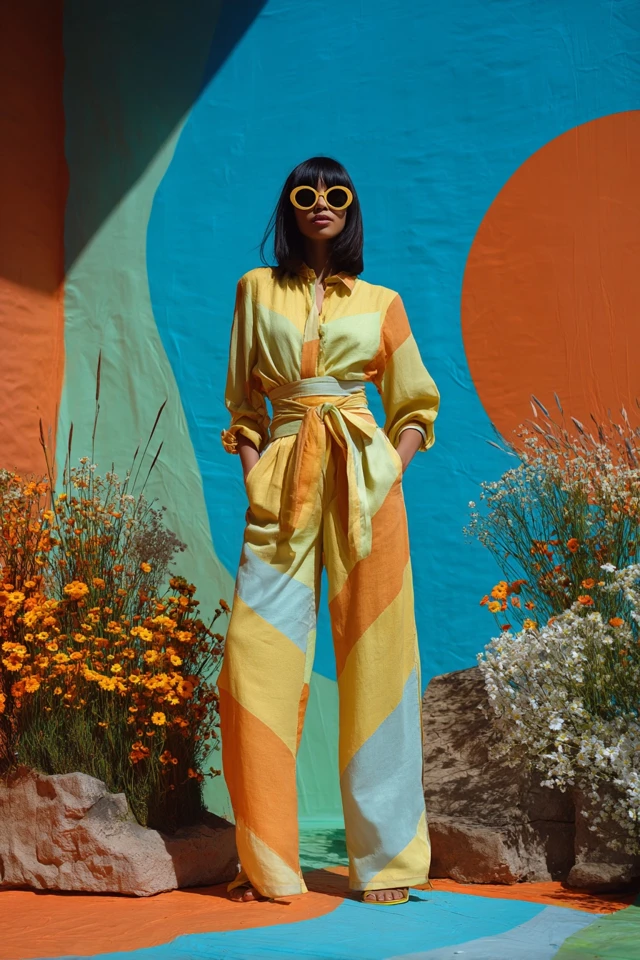
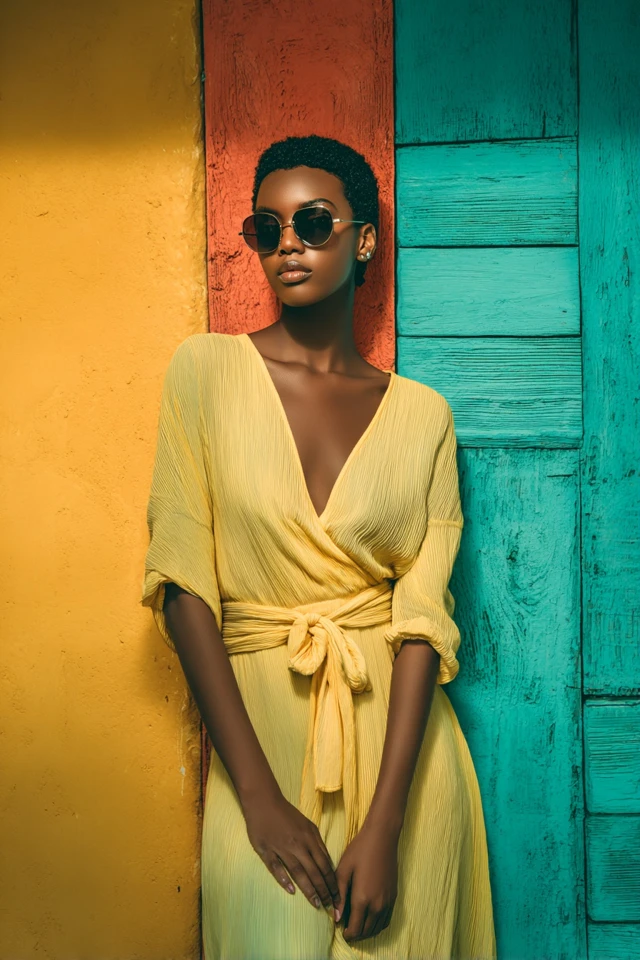
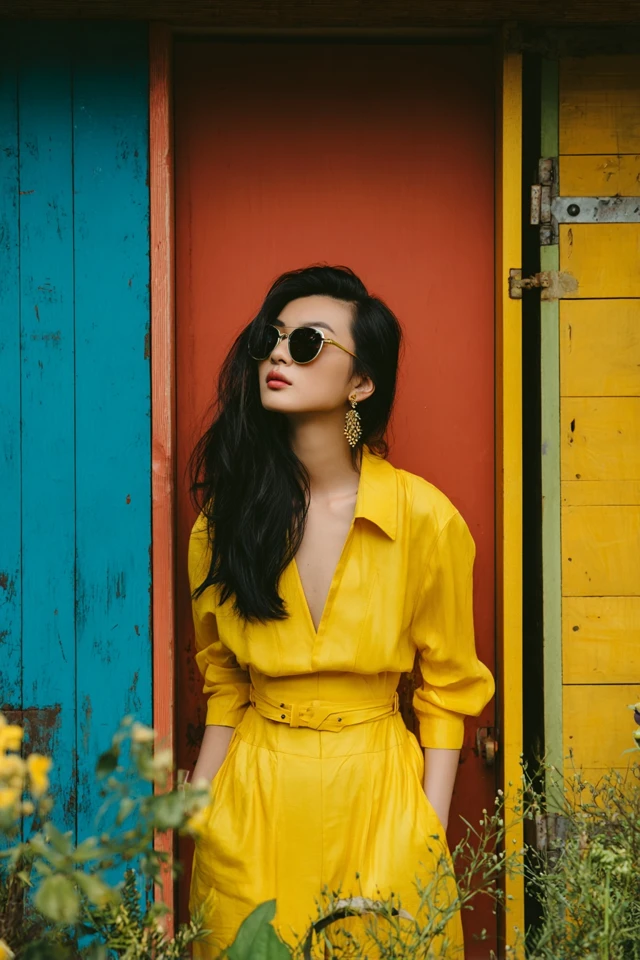
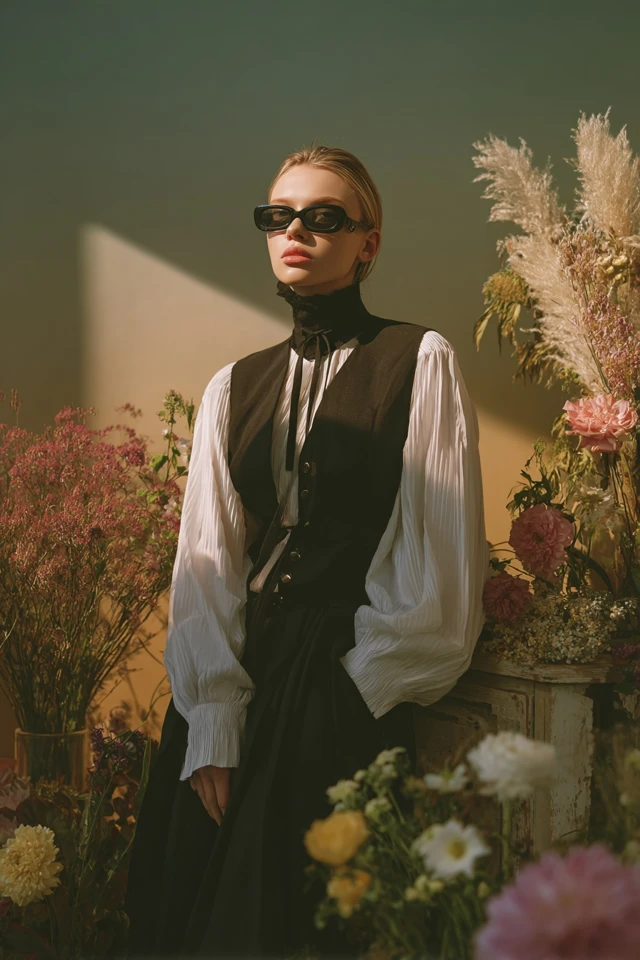
Color Psychology & Emotional Impact
Colors wield a profound influence on how we perceive ourselves and how others perceive us. The science of first impressions reveals that colors can affect judgments within seconds. Wearing earthy tones like warm beige or soft olive can invite a sense of groundedness and reliability, while blush pink or lavender connote gentleness and openness.
From a psychological perspective, color influences neurotransmitters linked to mood regulation. For instance, greens can promote relaxation by simulating the natural environment, which explains cottagecore’s affinity for botanical hues. Incorporating these into minimalist silhouettes creates a harmonious interaction between emotion and form.
Furthermore, color confidence plays a key role in social dynamics. Choosing shades that complement your skin tone and personal energy boosts self-esteem and project authenticity, which enhances communication and social ease. For readers interested in exploring this further, I recommend resources like the Color Psychology Organization for scientifically backed insights.
Personal Style & Body Type Considerations
Understanding your body type and personal color palette is crucial in cottagecore minimalist styling. The goal is to select silhouettes and fabrics that highlight your natural shapes while maintaining the understated elegance characteristic of minimalism.
Silhouettes
- Hourglass: Wrap dresses, belted waists, and A-line skirts enhance your balanced proportions.
- Rectangle: Look for garments with structured shoulders, cinched waists, and soft ruffles to create curves.
- Apple: Empire waistlines, loose blouses, and vertical stripes elongate the torso, emphasizing comfort.
- Pear: A-line dresses and tops with statement sleeves divert attention upward, balancing the hips.
Fabrics & Textures
Natural fibers such as linen, cotton, and hemp are central to cottagecore’s tactile appeal. They offer breathability and a lived-in softness that complements neutral and pastel tones. Avoid overly shiny or synthetic materials which can detract from the understated aesthetic.
Checklist: Discover Your Cottagecore Minimalist Style
- Which colors evoke calm and joy for your complexion? (Try earth tones, pastels, or muted neutrals.)
- Do you prefer structured or flowing garments?
- What fabrics feel comfortable against your skin throughout the day?
- Can your favorite pieces mix seamlessly with neutral basics?
- Do your clothes allow for ease of movement without sacrificing style?
Answering these questions will clarify your unique silhouette and color harmony, essential for building a wardrobe that feels intentional and cohesive.
Current Trends & Timeless Classics
The fashion landscape is evolving, yet many current trends mirror cottagecore’s core values: sustainability, simplicity, and authenticity.
Trending Colors
Soft lilac, muted sage green, and warm terracotta have gained traction due to their emotional warmth and versatility. Incorporating these shades in minimalist cuts creates looks that are both modern and nostalgic.
Trending Styles
Key trends include puff sleeves, smocking details, and prairie-inspired prints updated in subtle, tonal ways. When combined with minimalist accessories and simple footwear, these elements avoid excess and keep the focus on craftsmanship and silhouette.
Timeless Classics
Iconic pieces such as tailored blazers, neutral cardigans, high-waisted trousers, and simple slip dresses serve as reliable anchors. Their clean lines and durable construction make them ideal companions for trendier items, ensuring your wardrobe always feels fresh yet enduring.
For inspiration, follow designers and brands committed to slow fashion principles. These sources often champion styles that blend cottagecore visuals with minimalist efficiency—a winning formula that transcends seasons and trends.
Practical Tips & Recommendations
Building a cottagecore minimalist wardrobe requires thoughtful planning, and here are practical tips to get you started immediately.
Shopping Advice
- Opt for quality over quantity: Invest in pieces crafted from natural fibers with subtle details rather than fast fashion multiples.
- Choose neutral basics first: Create a foundation with cream, beige, soft gray, and muted pastels that mix and match effortlessly.
- Incorporate one statement piece: Add items with slight texture or romantic elements like ruffles to keep looks interesting without overwhelming simplicity.
Wardrobe Maintenance
- Hand wash or use gentle cycles for delicate fabrics.
- Store clothing in breathable garment bags to avoid wrinkles and preserve fibers.
- Learn basic mending skills to extend the life of your favorite items.
Layering Techniques
Layer soft cardigans over cotton dresses or pair linen shirts under slip dresses to create adaptable outfits suited to changing weather. Layering with similar tonal shades enhances dimension while maintaining a minimalist palette.
Accessories & Color Combos
- Choose leather or woven bags in muted earth tones.
- Delicate gold or silver jewelry complements rather than competes with subtle garments.
- Pair dusty rose with sage green, or warm beige with soft lilac for harmonious yet fresh color combinations.
FAQs
- What is the best signature color for cottagecore minimalist fashion?
- Soft, muted colors like sage green, dusty rose, or warm beige work well. These hues promote calm and complement natural fibers, perfect for enduring style and emotional resonance.
- How can I update my wardrobe on a budget?
- Shop quality thrift finds, invest in versatile basics, and focus on pieces that blend into your existing palette. Mending and repurposing clothes also stretch your budget significantly.
- Is a capsule wardrobe suitable for cottagecore minimalism?
- Absolutely. A capsule wardrobe emphasizing neutral basics and a few romantic statement pieces embodies the minimalist ethos and supports easy mixing and matching.
- How do I dress to impress in a cottagecore minimalist way?
- Choose clean silhouettes that flatter your body, use calming yet flattering colors, and add subtle texture or delicate details that boost confidence without excess.
- What fabrics best suit this style?
- Natural fibers like linen, organic cotton, hemp, and fine wool provide breathability, comfort, and a timeless appeal critical to cottagecore minimalism.
Conclusion
Cottagecore minimalist styling invites us to reconnect with nature, simplicity, and ourselves through thoughtful clothing choices. By understanding color psychology, assessing your body type, and blending trends with timeless classics, you can build a wardrobe that is both expressive and serene. This style is a celebration of intentional elegance—a gentle whisper rather than a shout.
I encourage you to embrace experimentation within these guidelines. Mix hues, textures, and shapes to find what speaks uniquely to you. Your clothing can become a source of confidence and joy that supports both your outer impression and inner harmony.
If you found these insights helpful, please share your thoughts in the comments below, share this post with friends who love fashion, and subscribe for more styling advice and color psychology insights that empower your personal style journey.
